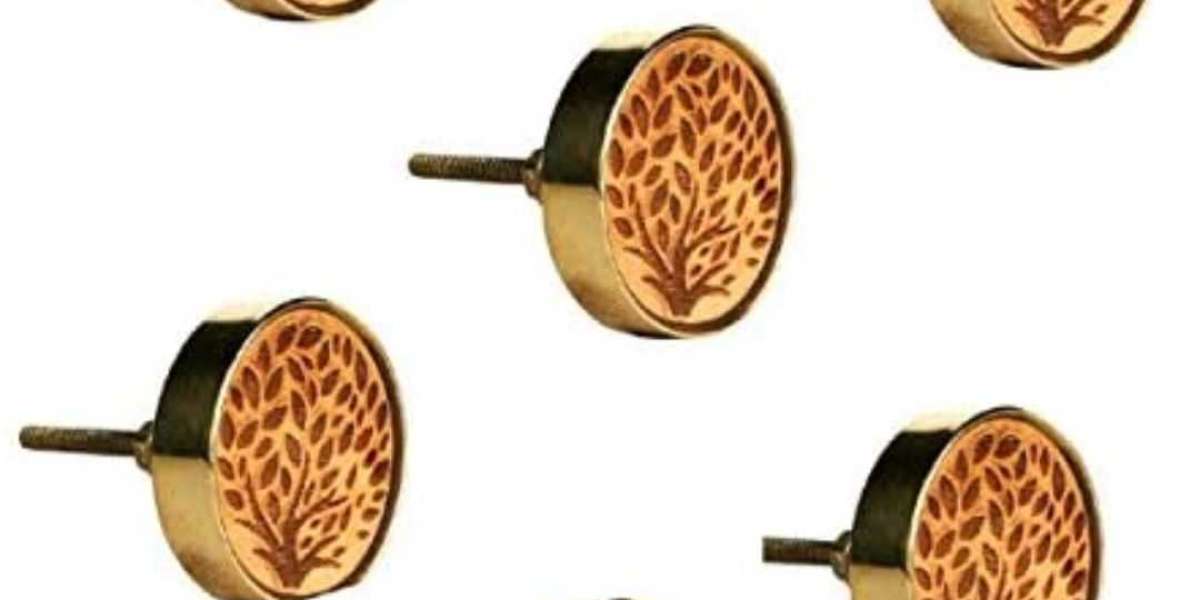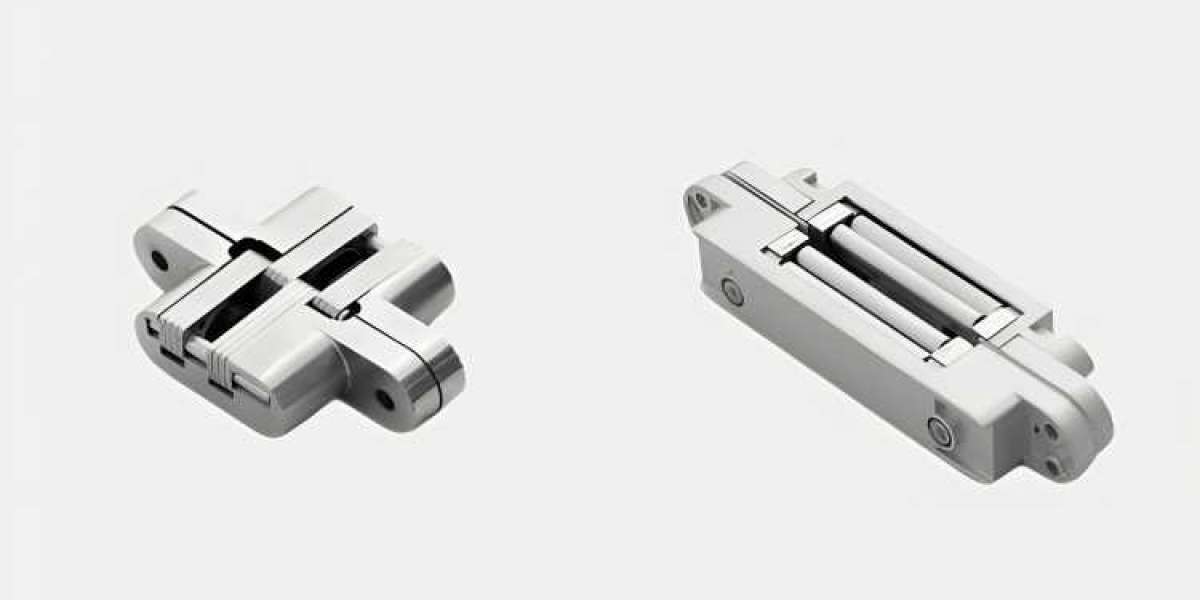Wooden cabinet knobs add a natural and rustic charm to any home. Whether used in kitchens, bathrooms, or on furniture, these knobs bring a timeless appeal. However, like any other part of your home, they require regular cleaning and maintenance to preserve their beauty and functionality. In this guide, we’ll cover everything you need to know about properly maintaining and cleaning wooden cabinet knobs, so they stay looking great for years to come.
1. Understanding Wooden Cabinet Knobs
Before diving into maintenance and cleaning, it’s important to understand the types of wood commonly used in cabinet knobs. From solid oak to teak or walnut, the type of wood can affect how you care for your knobs. Some wooden knobs are painted or varnished for protection, while others are left natural for a more organic look.
Natural wood knobs often showcase their grain and texture, but they may also be more susceptible to wear and damage if not treated properly. Varnished or painted wooden knobs, on the other hand, may have a layer of protection but still require careful cleaning to avoid scratches or peeling.
2. Basic Cleaning Tools and Supplies
When it comes to cleaning wooden cabinet knobs, simplicity is key. Avoid using harsh chemicals or abrasive tools that could damage the surface. Instead, gather these gentle cleaning supplies:
- Microfiber cloths
- Mild soap or wood-safe cleaner
- Water
- Soft brush or old toothbrush (for dirt buildup in crevices)
- Wood polish or natural oil (optional)
These tools and supplies will help ensure that your wooden knobs are cleaned without causing any damage to their surface or finish.
3. Step-by-Step Guide to Cleaning Wooden Cabinet Knobs
Step 1: Remove Dust and Dirt Begin by wiping the knobs with a dry microfiber cloth to remove surface dust and dirt. This is especially important if the knobs are located in a kitchen, where grease and grime can accumulate over time.
Step 2: Clean with a Mild Soap Solution Prepare a mild soap solution by mixing a small amount of gentle soap or wood cleaner with warm water. Dampen a microfiber cloth with the solution, and gently wipe the knobs. Avoid soaking the knobs, as excessive water can warp or damage the wood.
Step 3: Focus on Crevices If there’s dirt buildup in the small crevices or grooves of the wooden knobs, use a soft brush or toothbrush to carefully scrub these areas. Make sure to be gentle to avoid scratching the surface.
Step 4: Dry Thoroughly After cleaning, use a dry microfiber cloth to thoroughly dry the knobs. Wood can absorb moisture, so it’s important to ensure that no water is left on the surface.
Step 5: Polish or Condition (Optional) To restore the natural shine of your wooden knobs, consider applying a wood polish or natural oil. Use a clean cloth to buff the knobs and enhance their appearance.
4. Maintaining Wooden Cabinet Knobs
While regular cleaning is essential, proper maintenance is equally important for keeping your wooden cabinet knobs in top condition.
Prevent Moisture Damage:
Wood is sensitive to moisture, so it’s important to keep your knobs dry. In kitchens or bathrooms, where humidity is higher, make sure to wipe them down regularly and avoid exposing them to excessive water.
Regular Dusting:
Make it a habit to dust your wooden knobs weekly. Dust can accumulate and cause surface scratches, so frequent dusting with a microfiber cloth will prevent this.
Apply Protective Oil or Finish:
If your wooden knobs are natural and unvarnished, you may want to apply protective oils periodically to keep the wood nourished and prevent drying out or cracking.
5. Handling Stains and Scratches
Wooden cabinet knobs can become stained over time, especially if handled frequently. Here’s how to address common issues:
Removing Stains:
For grease or dirt stains, use the mild soap solution mentioned earlier. For tougher stains, you may need to use a diluted vinegar solution or a wood-specific cleaner, but always test in a small area first to ensure it doesn’t damage the wood.
Fixing Scratches:
Light scratches can be polished out using a soft cloth and wood polish. If the scratch is deeper, you may need to use a wood marker or crayon that matches the knob’s color to fill in the scratch. Buff the area after applying to blend it into the surrounding wood.
When to Replace or Refinish:
If the knobs are significantly damaged or the finish is wearing off, it might be time to refinish them or consider replacing them with new knobs. Refinishing can restore their original beauty, while replacement may give your furniture or cabinets a fresh look.
6. Common Mistakes to Avoid
To keep your wooden cabinet knobs in great condition, avoid these common mistakes:
- Using Harsh Cleaners: Abrasive or chemical-laden cleaners can strip the finish or damage the wood. Stick to mild, wood-safe cleaners.
- Over-Wetting the Wood: Excessive water can warp and damage wooden knobs. Always use a damp, not wet, cloth for cleaning.
- Ignoring Regular Cleaning: Skipping regular maintenance leads to dirt buildup and deterioration. Make dusting and cleaning a routine task.
7. Conclusion
Wooden cabinet knobs are a beautiful and functional addition to your home, but they require proper care to maintain their charm. With regular cleaning and maintenance, you can keep your wooden knobs looking fresh and extend their lifespan. By using the right cleaning tools, preventing moisture damage, and addressing scratches and stains as they appear, you’ll ensure that your wooden cabinet knobs continue to enhance your home’s décor for years to come.
With a little effort and the right techniques, maintaining wooden cabinet knobs can be simple and rewarding, helping you preserve their natural beauty while keeping your home stylish.







